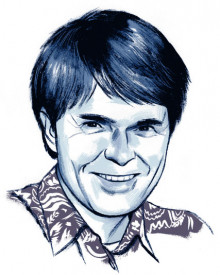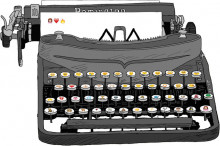Publishing’s Big Bets!
A new trend is shaking up the publishing world, and this time it isn’t Amazon! The publishing industry’s hunt for the next blockbuster has given rise to an elite new club: the million-dollar literary debut. Literary fiction, long critically revered but poorly remunerated, is generating bigger and bigger bets by publishers.
As a result, publishers are competing for debut literary talent with the same kind of frenzied auction bidding once reserved for promising debut thrillers or romance novels. “If they feel they have the next Norman Mailer on their hands, they’re going have to pay for that shot,” literary agent Luke Janklow said. “It’s usually the result of a little bit of crowd hysteria in the submission.”
At least four literary debut novels planned for 2016 earned advances reported at $1 million or more, a number agents say is striking in the world of highbrow fiction. At least three such debuts were published this year, and two in 2014.
You can read more here:
http://www.wsj.com/articles/betting-big-on-literary-newcomers-1447880214






